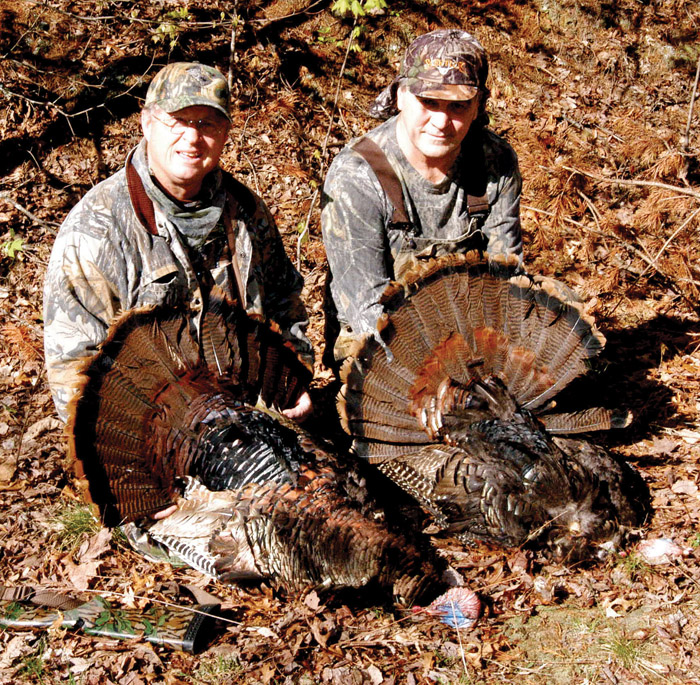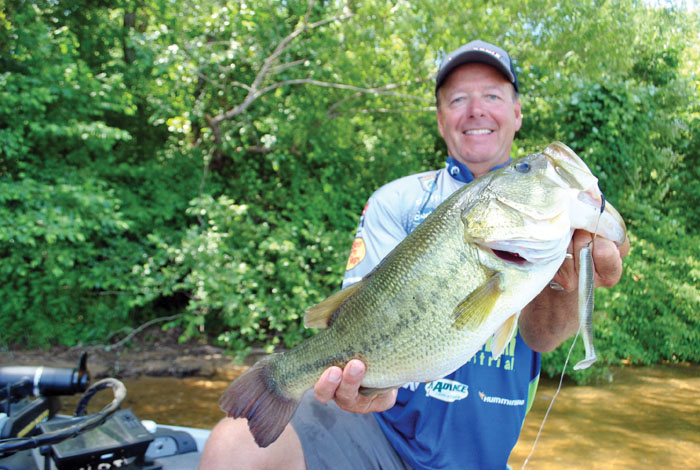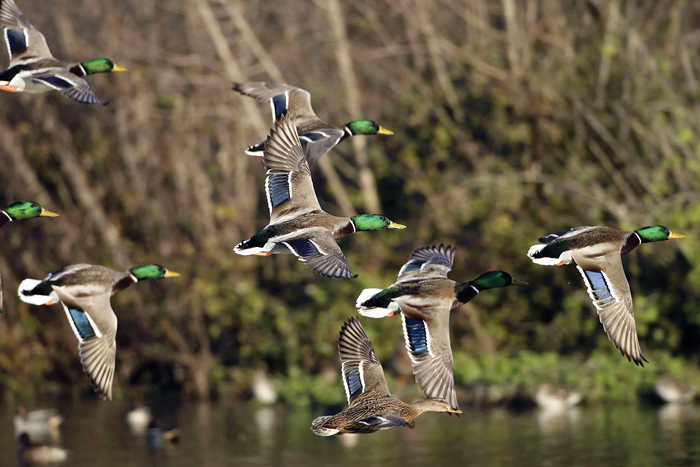Hudson column: Redfish great spring angling
Published 12:00 am Thursday, March 3, 2011
There is a reason so many people from Salisbury go to the coast to fish for redfish.
They are one of the most fun fish you will ever catch. The reason is the fight. It can take several minutes to land a 5-pound redfish on light tackle because they fight like bulldogs.
Jeff Billings, a Cooleemee dentist, introduced me to red fishing in 2005 and my life hasn’t been the same since.
Two of the best fishing guides in the Carolinas, Capt. George Beckwith in New Bern and Capt. J.R. Waits in Isle of Palms, S.C., were more than happy to teach me everything I needed to know about how to catch these fish.
Many Salisbury residents have fished with both these guys and I doubt there is anything either of them don’t know about saltwater fishing in general and redfish in particular.
Redfish spend the first few years of life inshore in the saltwater marsh areas that feature lots of oyster beds and grass and a tidal fluctuation that gives the fish at least a foot or so of water at the minimum and close access to depths of 10 feet or more during extreme cold snaps or low tides.
Bigger reds, those 15 to 100 pounds, live in the ocean and frequent beaches, passes and sounds when they are not in deeper offshore water.
The Outer Banks beaches and Pamlico Sound are legendary for big redfish. Whereas the little reds, called puppy drum by North Carolinians down east and rat reds by those in the low country of South Carolina, can be found virtually everywhere in the marshes that line the intracoastal waterway along the coast of both states.
Fishing for these smaller reds is most fun in the winter months because low water temperatures cause the algae in the water to die off, making the water super clear. As a result, reds will school up in groups of 100 or more and stay in areas that offer food, sufficient water depth and protection from predators. But the clear water makes these fish very nervous because they are exposed.
You have to remember that redfish have severe threats in the form of dolphins in deeper water and osprey, eagles and even pelicans from above.
Schooling gives redfish protection through strength in numbers. These schools can be found hiding behind oyster beds and in patches of marsh grass or even in open, shallow water over muddy bottom.
It is when the fish are schooled up like this that the fishing becomes more like hunting. You have to be quiet and sneak up on them and make casts that land just beyond the school but still within their site.
In winter, reds often will remain motionless until startled. You might think you are looking at empty water when searching for these fish, but spook the school and all of a sudden a section of water the size of a tennis court will come alive with fish that you never knew where there.
Reds feed primarily by scent. So it is no surprise most reds are taken with jig-heads tipped with a scented soft-plastic bait.
Reds love finger mullet, shrimp, crabs and mud minnows as well. These baits can be fished lots of different ways with success.
But whatever you do, hang on. You might be in for the light-tackle fight of your life.
Glenn Hudson is a freelance fishing writer based in Salisbury. Contact him at littletuna67@aol.com.




